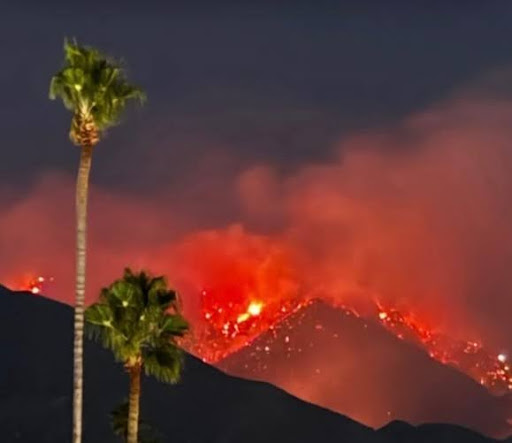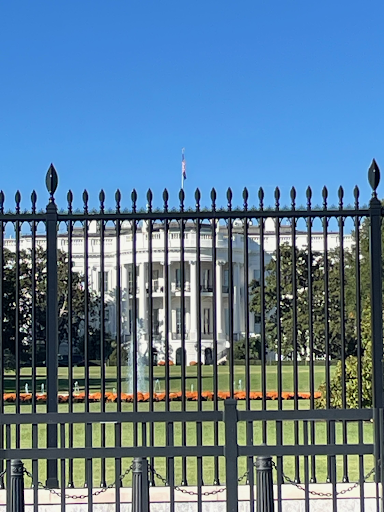On Monday, January 13 at 9 in the morning, a magnitude 6.8 earthquake occurred off the coast of Southern Japan with a tsunami warning being issued shortly after, but lifted later when no waves happened. The disaster struck around the Nankai Trough, a trench where the Philippine tectonic plate is slowly moving under Eurasian plate.
Japan frequently experiences seismic events such as earthquakes and tsunamis due to its proximity to the “Ring of Fire,” which is a very volcanically and tectonically active region of the world. Japan’s most notable recent event was the 2011 Earthquake and Tsunami, which caused widespread devastation across the entire country. The 2011 Earthquake could be an example of a “megaquake” or megathrust earthquake, where the magnitude is above 8.
Megaquakes have happened along the Nankai faultline before, but are rare and only occur every 90-200 years. Last year in August, a weeklong megaquake warning, a historical first for Japan, was issued after a magnitude 7.1 quake in the same area.
As for safety precautions, the Coordinating Committee for Earthquake Prediction, a branch of the Japanese government, has raised the risk of a megaquake happening in the near future to about 80 percent. This way, the civilian population can be better prepared for when the next megaquake strikes.








